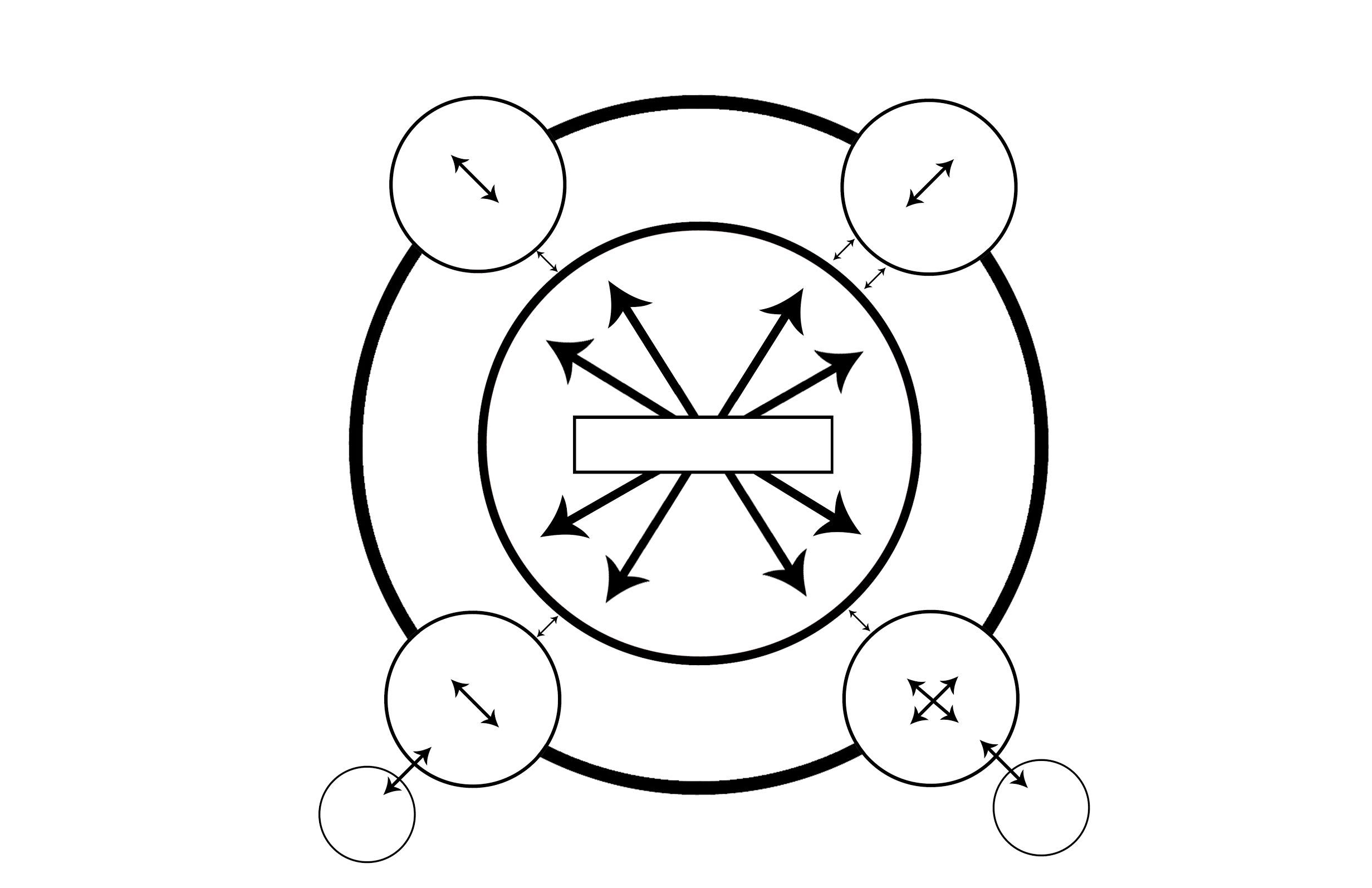You know what makes Captain America interesting? Iron Man.
In the Marvel Cinematic Universe, Captain America is the most “star-spangly” of the characters. He is unilaterally pure, true, and stout-hearted. He’s also a bit boring. In Captain America: The First Avenger, we meet Steve Rogers as a weakling kid from Brooklyn. He’s a good kid but has no muscles. He stands up for what’s right and gets punished for it. For the first 45 minutes of the film, we follow Steve Rogers and love him precisely because he is somebody with principles but no power.
In the second half of the movie he becomes Captain America. A super soldier created by the infusion of a genetic serum. He becomes super fast, super strong, and super powerful. And that’s when things get really dull. The rest of the movie feels dialed in.
The second time we meet Captain America, however, it’s in context of The Avengers, a team of superheroes, each with diverse personalities and powers. There’s Thor, an Asgard demi-god; Bruce Banner, who becomes The Hulk, a giant green rage monster; Black Widow, a spy; Hawkeye, her partner; Nick Fury, their boss; and last but not least, Tony Stark, the megalomaniacal yet charming and handsome billionaire who becomes Iron Man. It’s Iron Man who rescues Captain America. Not literally—Iron Man doesn’t save Captain America’s life. But it’s Iron Man’s abrasive cynicism struck up against Captain America’s naïve idealism that makes for a really fun and exciting show.
This is true in all of life. It takes a Goliath to form a David. It takes an antagonist for the character of the protagonist to shine through. One of my favorite illustrations of this interplay between characters comes from Robert McKee’s screenwriting book, Story.
McKee has a little diagram I’ve reprinted here that shows that in order for a character to be multi-dimensional, they must be surrounded by other characters that each play off different aspects of their personality.
For example, the way I interact with my wife might be loving, caring, funny, romantic. But the way I interact with my kids will be different, showing a different side of my character. I’ll be personable, impish, and playful. The way I interact with my colleagues is different yet again—I’ll be driven or ambitious. But the way I interact with my adversaries—the people who hate me, the people whose company I do not enjoy—reveals a completely different side of my character. It reveals my sins, shortcomings, and weaknesses, fleshing out my character even more.
We need to do a better job of acknowledging and authenticating the value of the people set against us and recognize that God puts those people in our lives to develop our character, so our weaknesses can be first exposed and then reduced, if not removed entirely.
fossores
Related posts
Categories
Category Cloud
Tag Cloud
Recent Posts
- Victors and Victims November 6, 2018
- 3 Hacks for Happiness October 29, 2018
- Hope Against Death September 20, 2018
- The Shape Of The Cross September 19, 2018


